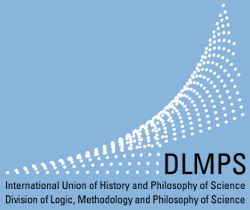
|

|

|
ALitHoSaM: Artificial Languages in the History of Science and Mathematics
The International Association for Science and Cultural Diversity (IASCUD) will host a symposium on artificial languages in the history of science and mathematics. The category, “artificial languages” calls to mind its contrast class, natural languages, spontaneously spoken in many varieties the world over. Artificial languages are more deliberate social constructs often built for specific scientific and philosophical purposes (cf. Lutz 2012). This symposium brings together case studies, from across the sciences and mathematics, featuring artificial languages that emerge between ordinary discourse, as naturally spoken, and formal symbolic notation, as written by scientists and mathematicians. These intermediate languages are not only compelling phenomena in their own right, but also offer a window into the natural sciences as communal, performative, and linguistic activities. The importance of artificial languages in the global history of mathematics has been pointed out by Staal (2007) and Chemla (2006). This symposium will build on these mathematical exemplars even as we seek to widen the scope of our case studies to include examples of artificial languages in the history of the sciences, broadly construed.
Chemla asks what the history of numbers can teach us about artificial languages that function as intermediaries between spoken languages and algebraic symbolisms. Müürsepp considers Leibniz’s characteristica universalis as an abstract project with initial instantiations which, with the benefit of hindsight, presage later developments in logic. Muntersbjorn presents Feature Talk, an artificial language that acts as an intermediary between ordinary language, People Talk, and formal symbols in the learning progression model of the Algebra Project. Pronskikh shows how, in the field of high energy physics, artificial languages can be associated with complex computer codes used to simulate the interactions of accelerated particles with other particles and atomic nuclei. Chang considers the extent to which departures from natural language make it easier for nonhuman animals to acquire an artificial language. Petrukhina examines the work of Freudenthal and Ollongren, who developed the first and the second versions of lincos (Lingua Cosma), an artificial language for communicating with extra-terrestrials.
Although cultivated in different contexts for distinct ends, the artificial languages discussed in this panel share salient features as they facilitate connections between communities of learners—real or imagined—even as these deliberate discourses inform our understandings of ourselves as scientific knowers, idealizing agents, and language users.
References
Chemla, Karine. “Artificial Languages in the Mathematics of Ancient China” Journal of Indian Philosophy (2006) 34: 31-56.
Lutz, Sebastian. “Artificial Language Philosophy of Science” European Journal for Philosophy of Science (2012) 2: 181-203.
Staal, Frits. “The Generosity of Artificial Languages” International Institute for Asian Studies Newsletter (2007) 44 Summer: 46.
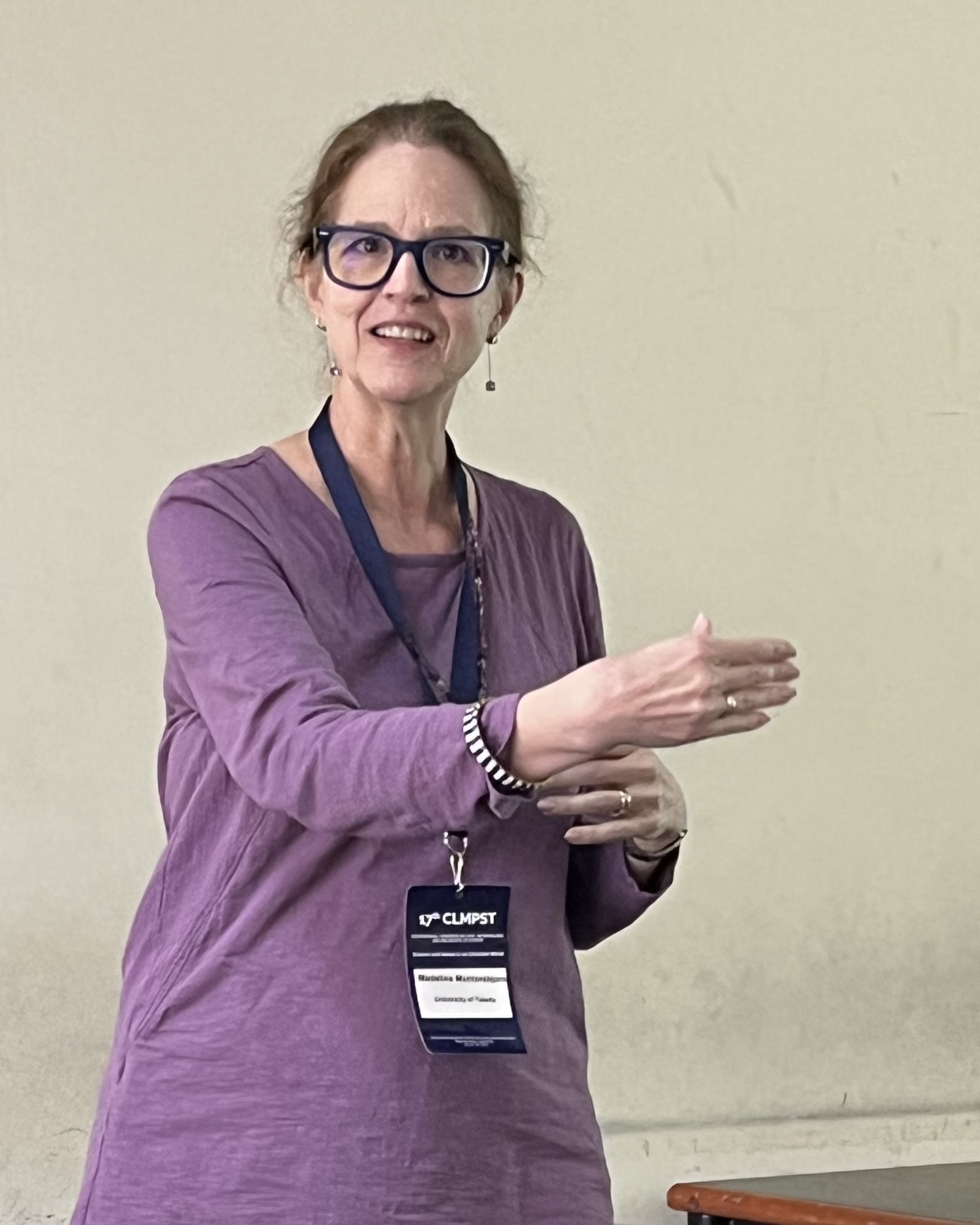
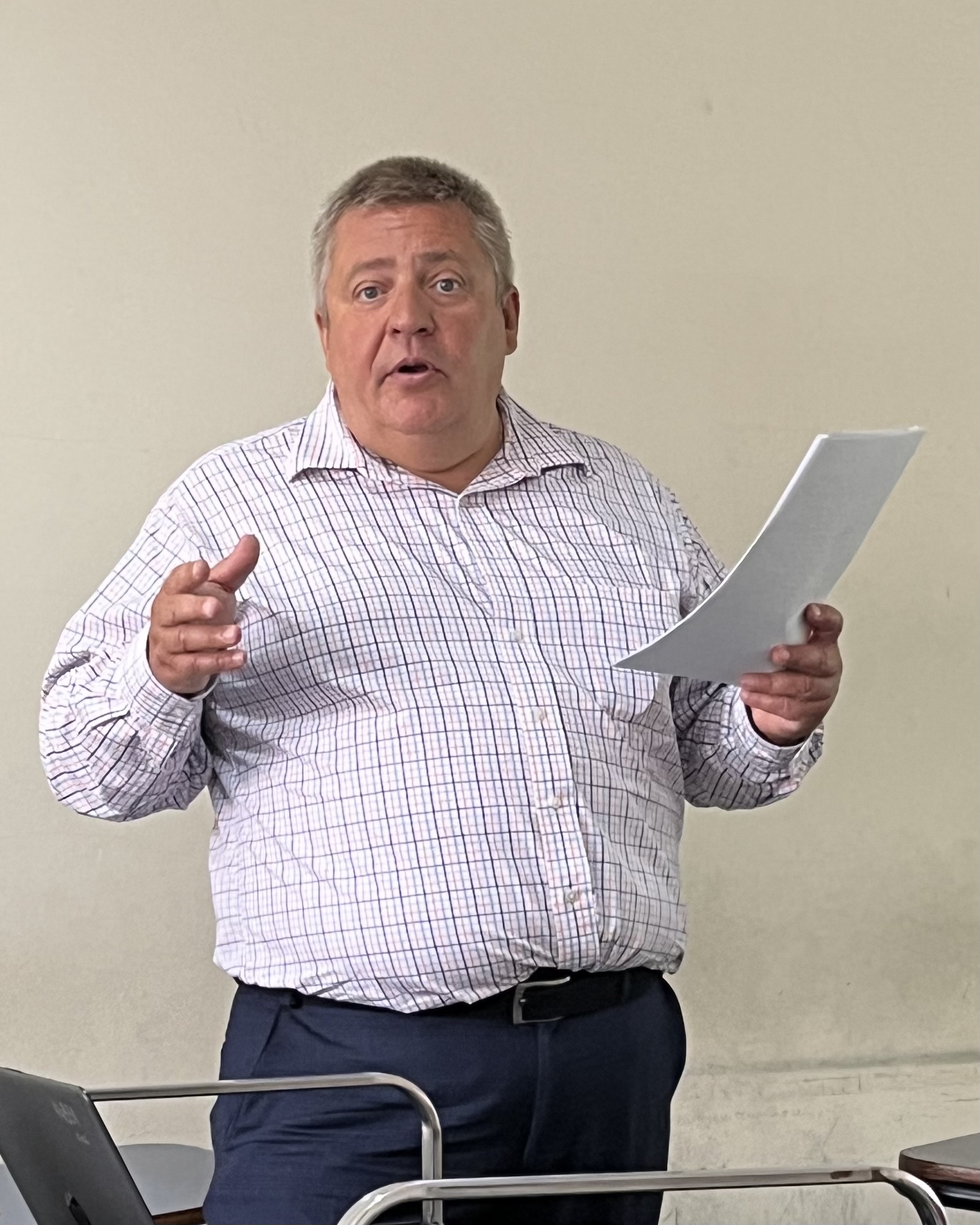
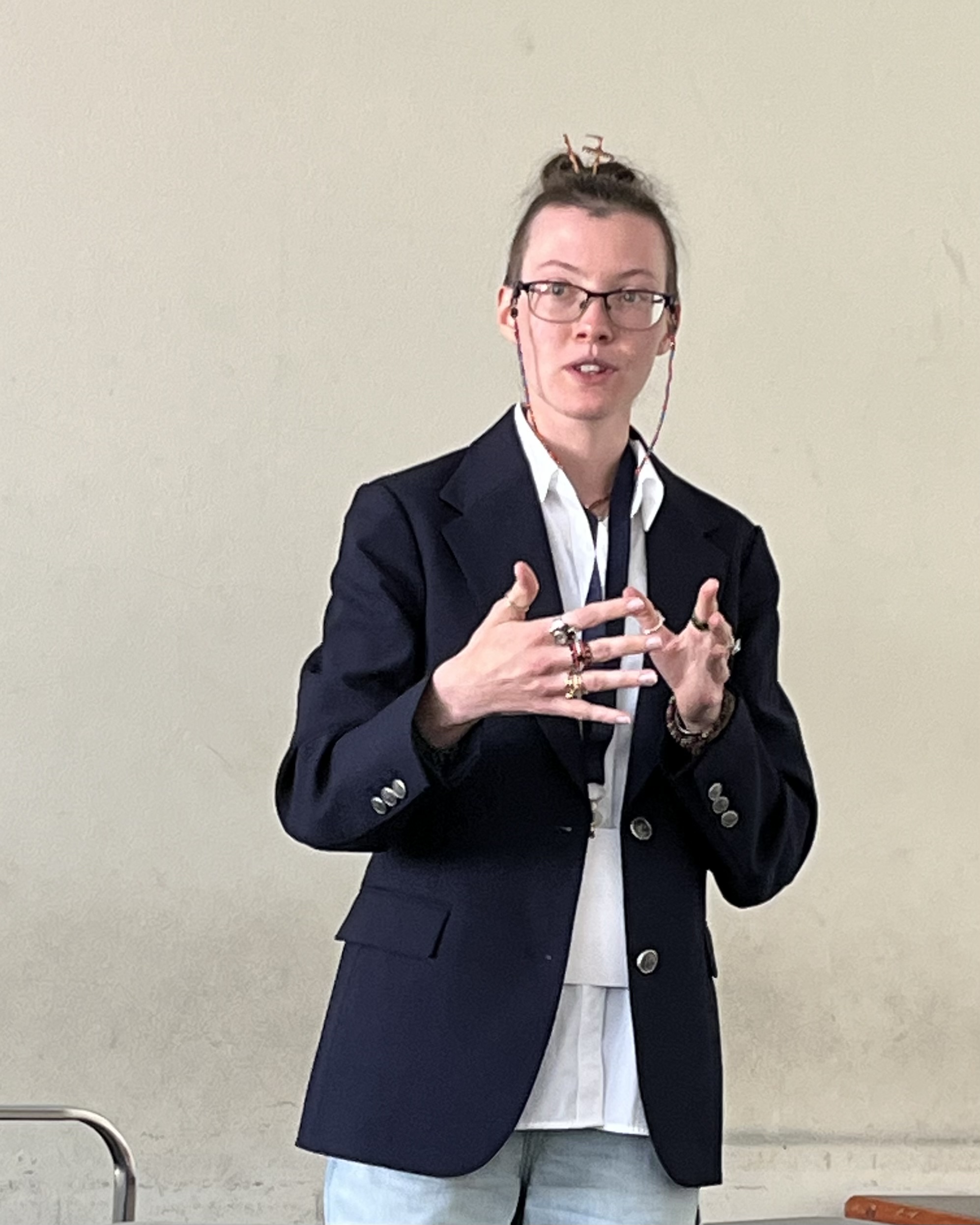

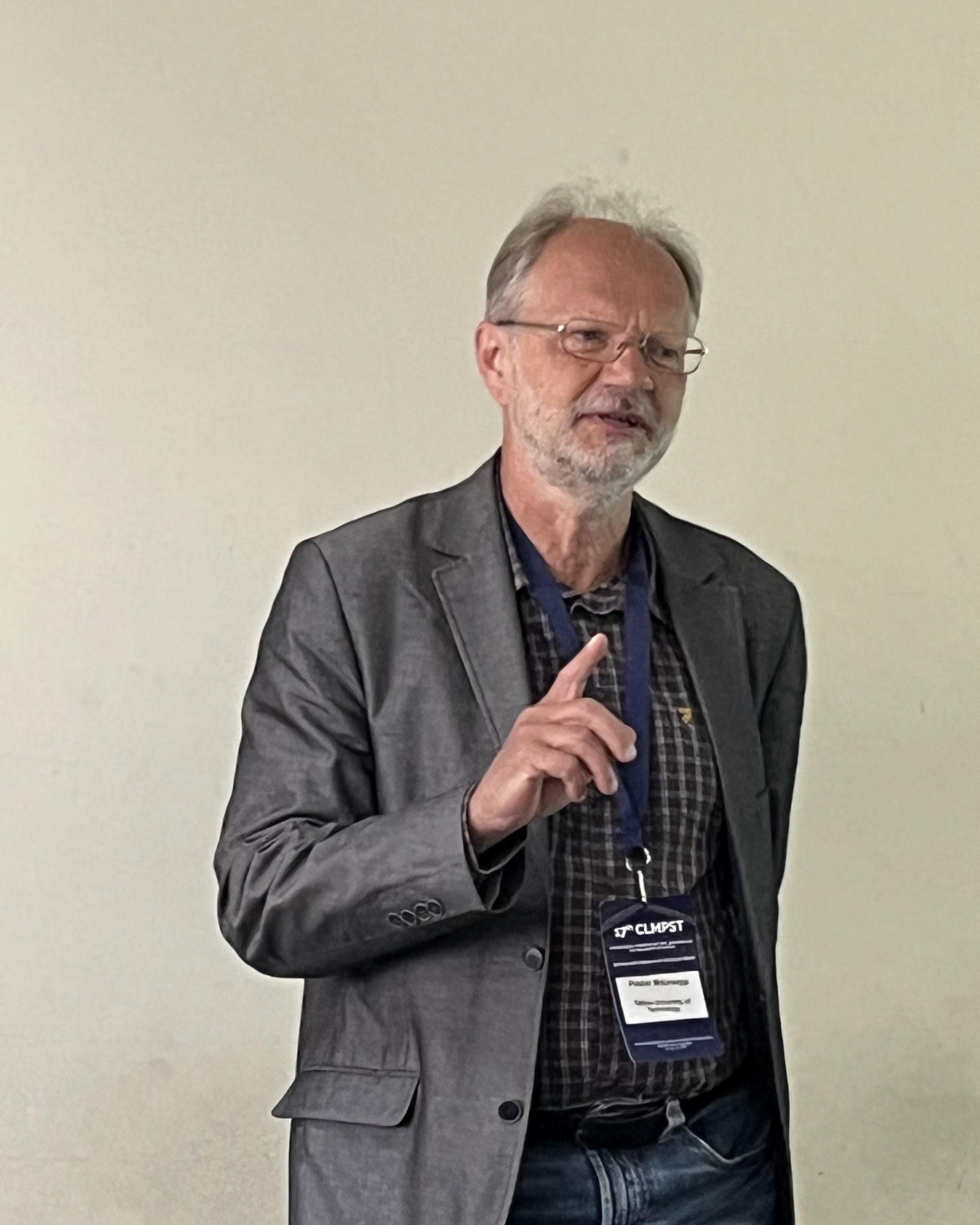
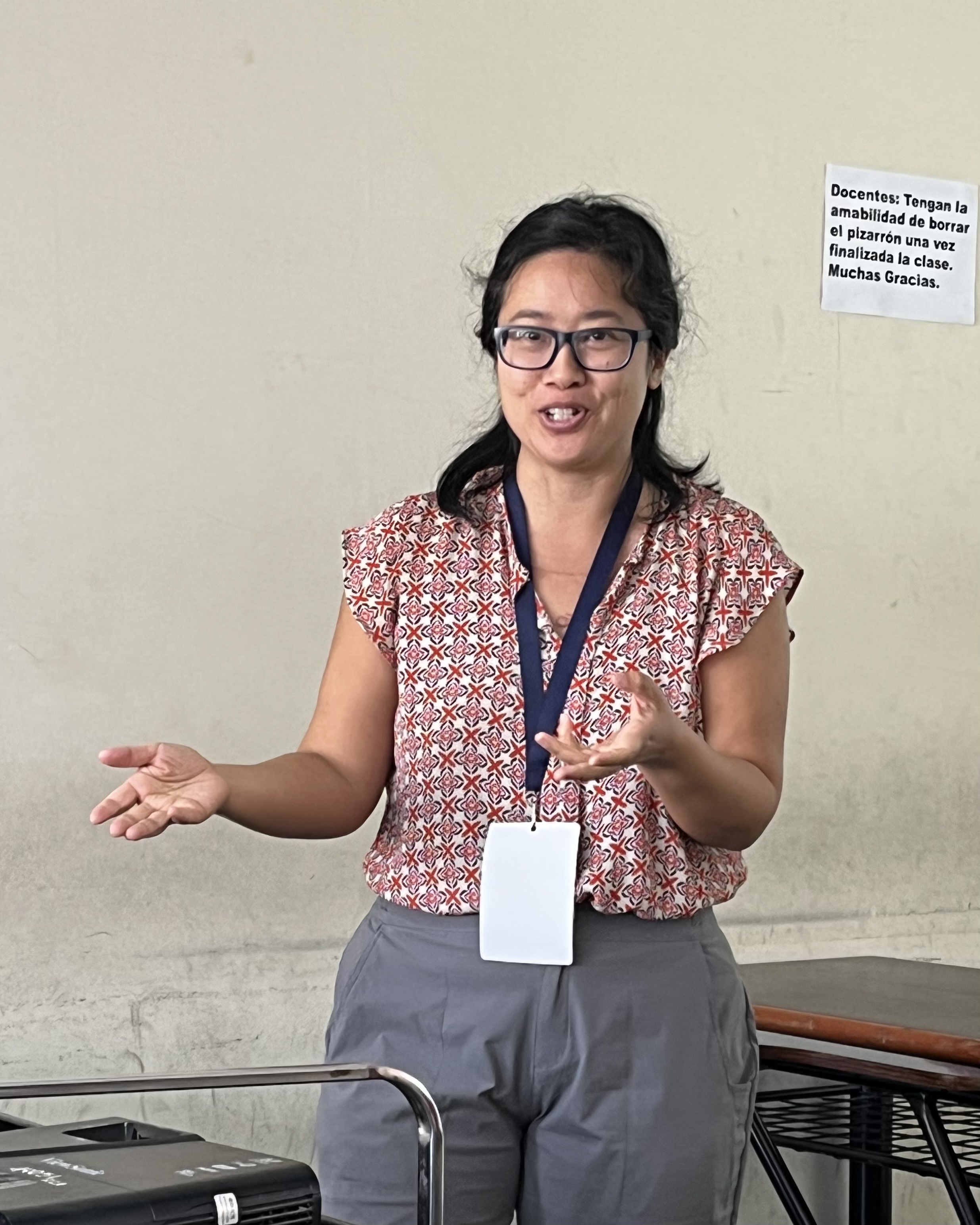
Speakers
1. Karine Chemla: What can the history of numbers teach us about artificial languages
2. Peeter Müürsepp: Leibniz’s Universal Language, the Three Strategies
3. Madeline Muntersbjorn: Feature Talk and the Algebra Project
4. Vitaly Pronskikh: Pidgin and Creole Simulation Codes in High-Energy Physics
5. Shereen Chang: Artificial languages in animal language studies
6. Polina Petrukhina, “Between science and fiction: on the status of universal languages for interstellar messaging
Generously sponsored by:

